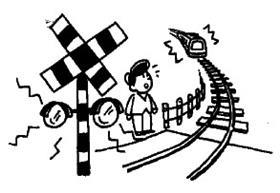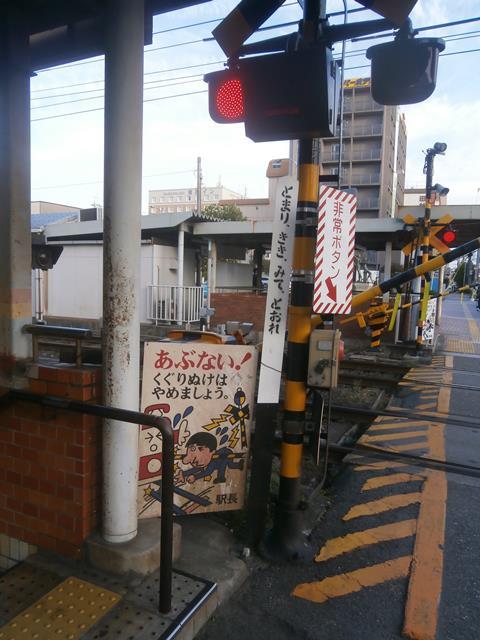
JAPAN: The Japan Transport Safety Board has published a series of recommendations to reduce the risk of level crossing accidents, with particular focus on the remaining crossings without barriers.
Level crossings accounted for around 34% of the 615 accidents in Japan involving moving trains which were recorded during the 2019 financial year. Out of the 211 incidents, 52 proved fatal, with 55 people losing their lives. The accident rate at unprotected crossings was 1·4 times higher than for those with barriers.




Japanese regulations currently recognise four categories of level crossing:
- · 1: a fully protected crossing, with automatic barriers across all road lanes, audible and visual alarms and fixed signs;
- · 2: a protected crossing with the barriers operated by a crossing keeper;
- · 3: a crossing with an audible alarm and fixed sign, but no barriers;
- · 4: a crossing indicated only by a fixed sign, where users must check before crossing the tracks.
While the total number of crossings has been declining slowly, there were still 29 800 Type 1 crossings on the Japanese rail network in 2017, along with 737 Type 3 and 2 795 Type 4. There are no longer any Type 2 crossings with manually-operated barriers. The emergency braking distance for trains using lines other than the fully-segregated Shinkansen high speed network is considered to be up to 600 m.

The number of level crossing accidents has been falling over the years, from 498 in 1997, causing 134 deaths and 185 injuries, to 237 in 2017 which led to 101 deaths and 55 injuries. The 2017 figure was a 3·5% increase on the number of incidents recorded in the previous year, although the number of fatalities declined.
According to JTSB, 37·6% of the incidents in 2017 involved road vehicles and 44·7% pedestrians. Almost 90% of the accidents occurred at Type 1 crossings, with just four at Type 3 and 26 at Type 4 crossings. However, the number of accidents per 100 crossings was highest for the unprotected Type 4, at 0·93 compared with 0·69 for Type 1 and 0·54 for Type 3.
Among the recommendations issued by JTSB in February, local authorities and highway agencies are encouraged to eliminate as many crossings as possible, providing grade-separation where necessary and closing more lightly-used roads and paths where alternatives are available. The remaining type 3 and 4 crossings should be upgraded to Type 1, with improved and simplified warning signage. Low barriers should be installed to oblige cyclists to dismount prior to crossing, while vegetation should be controlled to improve sight lines for both train drivers and road users.

JTSB also recommends that campaigns should be undertaken to encourage both pedestrians and road vehicle users to ‘Stop, Look and Listen’ before crossing the track, in line with rules that already exist in the country’s Road Traffic Act. And it favours specific education on the correct use of level crossings for elderly people and schoolchildren in particular.
However, the board recognises that many of these actions will require collaboration between the rail sector, road authorities, police, teachers and local residents to achieve a mutually acceptable strategy.

















